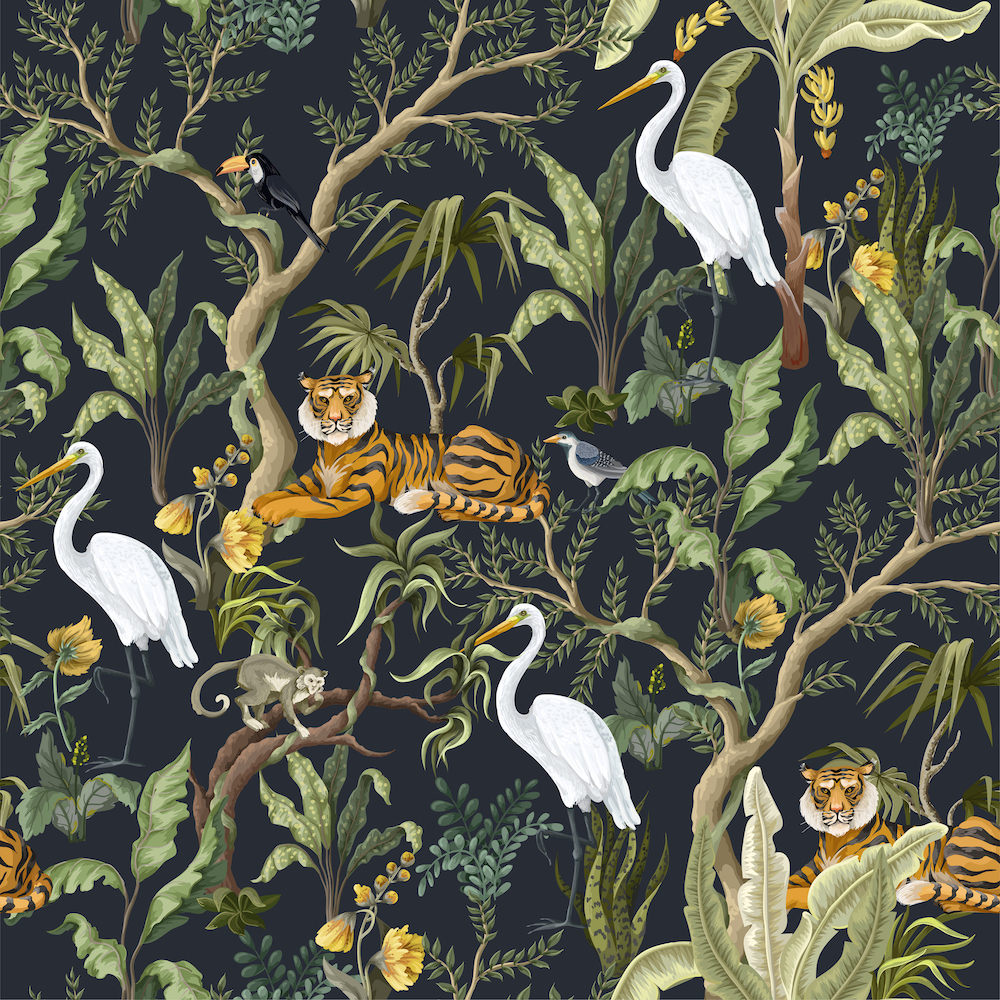Learning objective
- To explore using a textile technique to develop patterns.
Success criteria
- I can discuss
This content is for subscribers only. Join for access today.
National curriculum
Art and design
Pupils should be
This content is for subscribers only. Join for access today.
Cross-curricular links
Geography
Place knowledge
Pupils should
This content is for subscribers only. Join for access today.
Before the lesson
This content is for subscribers only. Join for access today.
Lesson plan
Recap and recall
Arrange the children into pairs. Display the Presentation: Gimme five! Ask the children to think of five things they remember about their artwork in Lesson 2: One picture, four views. If needed they can share their four images from the previous lesson.
This content is for subscribers only. Join for access today.
Extended-mode explainer videos
How to extend your display to view the lesson page and preseantion mode simultaneously. Choose your operating system below to watch the video
If you need further support with extending your display,
please contact [email protected].
Extended-mode explainer video: For Mac
Extended-mode explainer video: For Windows
Adaptive teaching
Pupils needing extra support
Can be provided with photocopies of their one image, four views pictures to draw directly onto as an alternative to the tracing method.
Pupils working at greater depth
Should consider varying the lines of their transferred image to add interest, such as thick and thin lines; should be encouraged to be selective with the lines they choose to glue; can be challenged to add symmetry to their design, repeating the pattern along an imagined mirror line.
This content is for subscribers only. Join for access today.
Assessing progress and understanding
Pupils with secure understanding indicated by: understanding the work of
This content is for subscribers only. Join for access today.
Vocabulary definitions
-
batik
A technique to create patterns on fabric.
-
fabric
Cloth or material.
This content is for subscribers only. Join for access today.
Example work

Montem Academy, Slough

Montem Academy, Slough

Montem Academy, Slough

Montem Academy, Slough

Montem Academy, Slough

Montem Academy, Slough

Montem Academy, Slough

Montem Academy, Slough

Montem Academy, Slough

Montem Academy, Slough

Montem Academy, Slough

Montem Academy, Slough

Montem Academy, Slough

Montem Academy, Slough

Montem Academy, Slough

Montem Academy, Slough
This content is for subscribers only. Join for access today.





